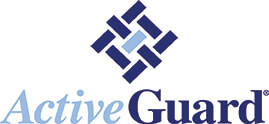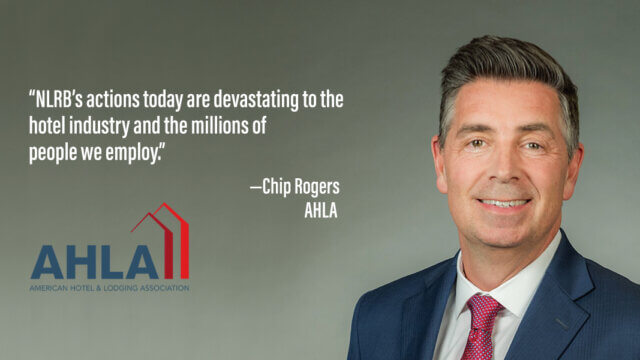NATIONAL REPORT—There is nothing magical about avoiding a bed bug lawsuit. But there are proper steps to be considered.
The starting point in avoiding lawsuits is recognizing that liability from bed bugs is not an immediate consequence due to the mere presence of this pest on property—every hotel has bed bugs routinely introduced. Liability, however, does ensue due to lack of preventive measures, inadequate inspection, repair (remediation) or warning.
Understanding when a hotel may be found liable should help hoteliers develop strategies for both preventative protocols and dispute resolution. For instance, a hotel may reduce its potential exposure to bed bug-related lawsuits by:
- Hiring a pest management professional (PMP) to train maintenance and housekeeping staff to perform frequent room and common area inspections
- Using active mattress liners such as ActiveGuard Mattress Liners
- The judicious use of perimeter insecticidal dusts in hallways and rooms
- Considering the use of mattress encasements to protect the capital asset against fluids and stains
- Implementing a documentation system with response protocols
- The strategic use of interceptors, when appropriate
- Periodic inspections by a PMP
Implementing these measures demonstrates to guests and attorneys that the hotel is doing what it can to protect guests from bed bugs.
The next step in avoiding a lawsuit is to recognize when a hotel has exposure and assessing an appropriate and proportional response. Hotels need to understand that a lawsuit is a long-term process. Litigation involves prolonged hours of preparation by lawyers including meetings, written discovery, preparing for and submitting depositions by management and staff and, if need be, preparation and participating at trial.
The time commitment for this endeavor is huge and the financial costs are expensive. In fact, a confirmed “one-night bite” case may well involve a substantially higher cost for legal fees, expert witnesses, and court costs than the actual award being sought by the plaintiff guest. It is therefore essential that a hotel develop an empathetic and sincere response strategy while its legal team assesses the degree of exposure. This strategy may begin by offering to both waive the affected client’s hotel charge and offer a future free stay at any one of the hotel’s properties. It may also involve a financial settlement. If a lawyer becomes involved, there is no reason the case cannot be settled at that time, and before a lawsuit is filed.
The best, and least expensive time, to deal with bed bugs is before they are discovered by a guest; hopefully the anticipated outcome when proactive preventive measures have been implemented. The next cheapest time is when they are discovered and subsequently addressed with an appropriate and timely response. In contrast, the most expensive time to deal with bed bugs is after a lawsuit is filed and litigation ensues.
This is not to say that all bed bug claims must be settled or paid out. There are times that a hotel needs to dig in and fight—especially if the guest is being unreasonable. However, kicking the can down the road and allowing the claim to progress through litigation is an unnecessary expenditure of money and employee time, in most instances.
—Jeffrey M. Lipman, attorney-at-law and Polk County Magistrate judge
The Lipman Law Firm practice handles consumer class action litigation, specializing in class action bed bug litigation. Jeff Lipman is a frequent speaker throughout the United States, including the National Pest Management Association and Entomological Society of America.
About Allergy Technologies
ActiveGuard Mattress Liners kill bed bugs. Easily installed on mattresses or box springs, these liners offer two-year continual prevention and control against any adult bed bugs, nymphs or eggs. ActiveGuard has no cautionary signal words or use restrictions on its label. Only four sizes—single/twin, double/full, queen and king—fit almost every available mattress or box spring and accommodate up to extra-large in length and 17-in. in depth. Underlying is ActiveGuard’s formulation; a unique and proprietary delivery system that offers sustained bioavailability of permethrin for two years. Newest research supports that after a short exposure to ActiveGuard of only 10 minutes, bed bugs regardless of their level of resistance, begin to show significant reductions in feeding (biting) and a dramatic inability to lay eggs. This results in discontinuation of population growth thereby halting progression of an incident to an infestation. If you are seeking a pro-active preventative approach, ActiveGuard should be considered as the centerpiece of your long-term solution to keep bedding from being infested. ActiveGuard Mattress Liners are covered under U.S. Patents 5,916,580, 6,214,365, 6,440,438 and pending patents.
For more tips on preventing bed bugs and uncovering infestations early visit us online at www.hotelbedbugprevention.com





